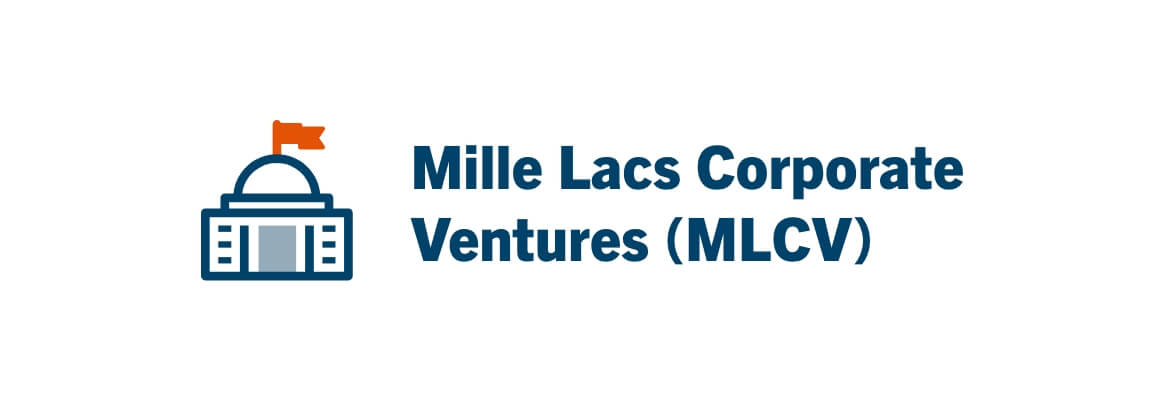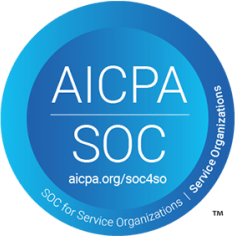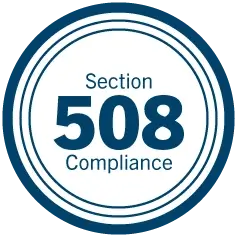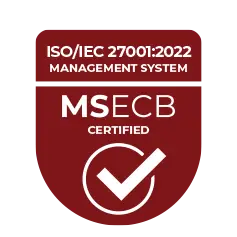Certifications, Standards and Regulations
Laserfiche addresses several international data privacy and security standards and frameworks.

“Laserfiche’s compliance tools in the cloud, and knowing that Laserfiche takes security very seriously have been important factors in our decision making.”
—Andrew McElrath, strategic project manager at Mille Lacs Corporate Ventures
—Andrew McElrath, strategic project manager at Mille Lacs Corporate Ventures
Featured Success Story
Mille Lacs Corporate Ventures Transitions Corporate Operations to Laserfiche Cloud
Mille Lacs Corporate Ventures (MLCV), created by the tribal government of the Mille Lacs Band of Ojibwe, manages the business affairs of the Band.
Contact Us for Your ECM Needs
Whether you have product questions, support needs, or want to partner with us, we’re here to help you on your digital transformation journey. Fill out the form and a Laserfiche team member will be in touch as soon as possible.





